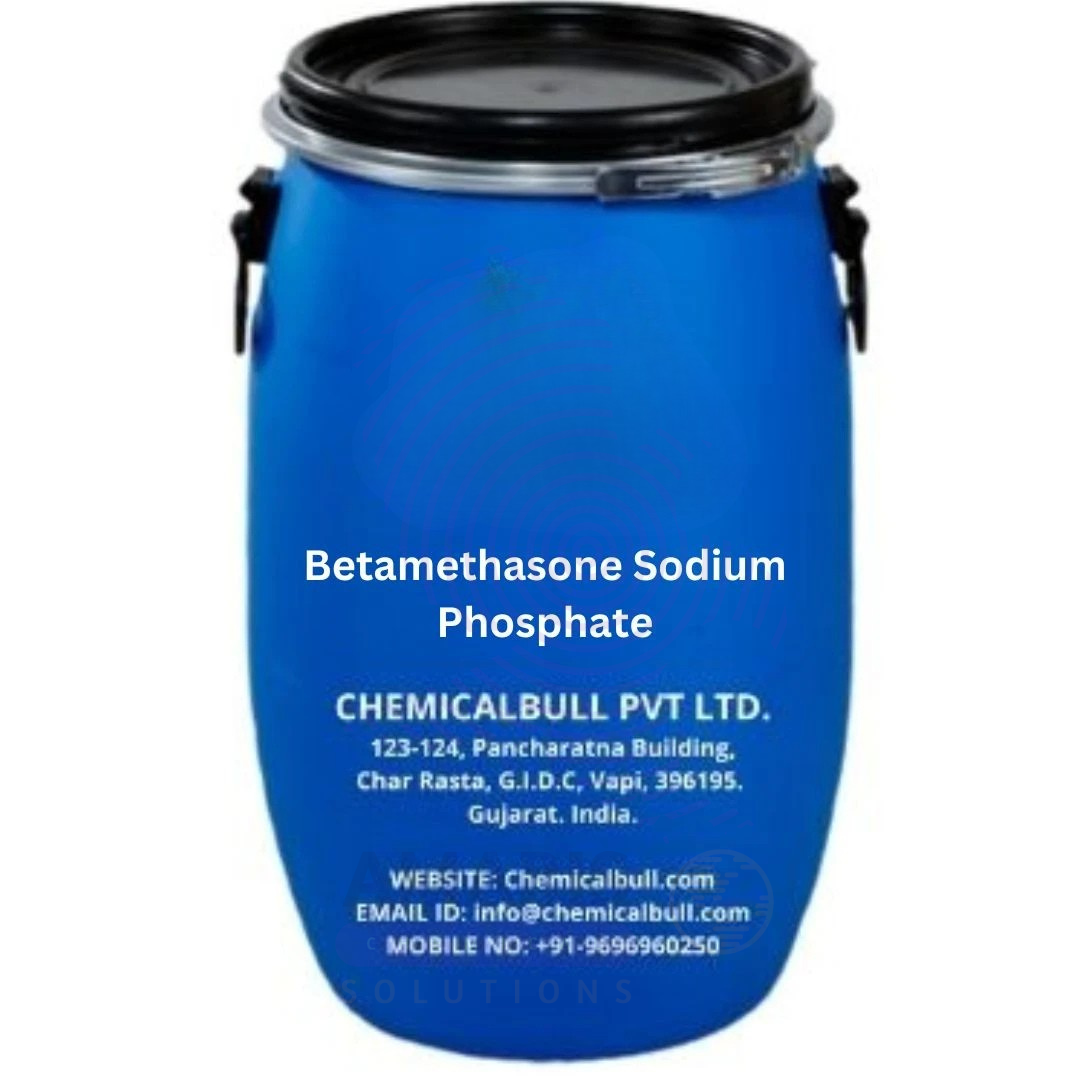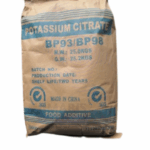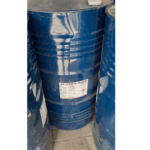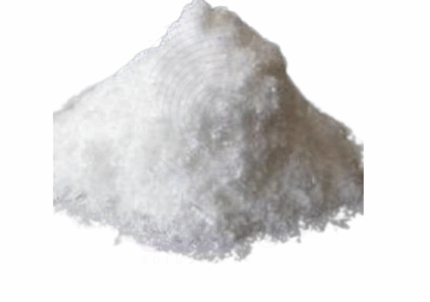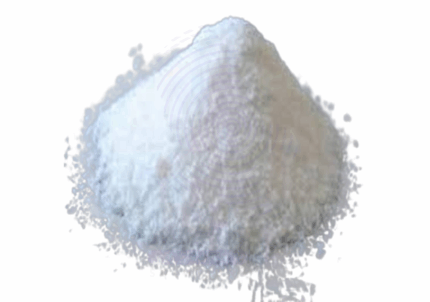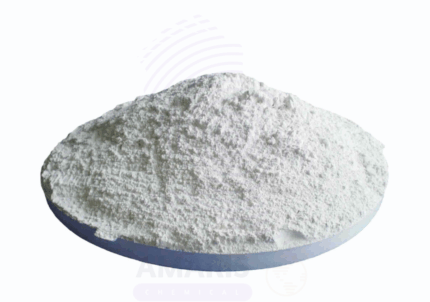Betamethasone Sodium Phosphate BP
Betamethasone Sodium Phosphate BP is a synthetic corticosteroid ester in its water-soluble sodium salt form. It is widely used for its strong anti-inflammatory and immunosuppressive properties in medical and veterinary applications. It is typically formulated as an injectable or ophthalmic solution to manage acute or chronic inflammatory and autoimmune conditions, including severe allergic reactions, asthma, arthritis, and dermatological disorders. Its rapid onset of action and high potency make it valuable in emergency and systemic therapy.
Betamethasone Sodium Phosphate BP
Primary Uses
- Pharmaceutical Applications
- Injectable Corticosteroid: Used in intramuscular, intravenous, intra-articular, and intralesional injections for acute and severe inflammatory disorders (e.g., rheumatoid arthritis, lupus, multiple sclerosis, anaphylaxis).
- Endocrine Disorders: Used to treat adrenal insufficiency or congenital adrenal hyperplasia.
- Dermatologic Conditions: Effective in managing severe allergic dermatoses and skin conditions such as pemphigus or psoriasis.
- Respiratory Treatment: Used in the management of asthma and severe allergic rhinitis.
- Ophthalmic & Otic Preparations: Included in eye and ear drops to reduce inflammation caused by infections or injuries.
- Gastrointestinal Disorders: Administered for inflammatory bowel disease (Crohn’s disease, ulcerative colitis).
- Hematological Disorders: Used in the management of leukemias and lymphomas.
- Veterinary Use
- Administered to animals for the treatment of inflammatory and allergic conditions in dogs, cats, and horses.
Secondary Uses
- Organ Transplantation: Occasionally used as part of immunosuppressive therapy post-transplant to prevent rejection.
- Adjunct Therapy: Combined with antibiotics to manage severe infections involving inflammation.
- Diagnostic Aid: Employed in adrenal function testing due to its corticosteroid action.
1. Basic Identification Attributes
- Chemical Name (IUPAC): Disodium (11β,16β)-9-fluoro-11,17-dihydroxy-16-methyl-3,20-dioxopregna-1,4-dien-21-yl phosphate
- Common/Trade Names: Betamethasone Sodium Phosphate, BSP, Celestone Phosphate
- CAS Number: 151-73-5
- HS Code: 2937.29.00
- Molecular Formula: C₂₂H₂₈FNa₂O₈P
- Synonyms:
- Betamethasone disodium phosphate
- Betamethasone 21-phosphate sodium
- BSP Sodium salt
2. Physical & Chemical Properties
- Physical State: White to off-white crystalline powder
- Color & Odor: Odorless; white to cream-colored
- Solubility: Freely soluble in water, slightly soluble in alcohol
- Melting Point: 220–230°C (with decomposition)
- pH (1% solution): ~7.0–9.0
- Stability: Stable under recommended storage; moisture sensitive
- Reactivity: Stable under normal conditions; avoid strong oxidizers
3. Safety & Hazard Attributes
- Hazard Class (GHS): Not classified as hazardous in diluted pharmaceutical use
- NFPA Ratings:
- Health: 2 (may cause organ effects with prolonged exposure)
- Flammability: 0
- Reactivity: 0
- Exposure Limits: No established OSHA/ACGIH limits
- Toxicity: Can cause adrenal suppression, immunosuppression, or metabolic effects with long-term or high-dose exposure
- Carcinogenicity: Not classified as carcinogenic
4. Storage & Handling Attributes
- Storage Conditions: Store at 15–25°C in airtight, moisture-proof containers
- Container Type: HDPE bottles, amber glass vials for solutions
- Shelf Life: 2–3 years (if stored properly)
- Special Handling: Avoid moisture and direct light; wear gloves and eye protection when handling bulk material
5. Regulatory & Compliance Attributes
- BP (British Pharmacopoeia): Complies with BP specifications for purity and assay
- FDA/EMA Status: Approved active pharmaceutical ingredient (API) in various formulations
- Transport Classification: Not classified as a hazardous substance for transport
- Waste Disposal: Dispose of according to local pharmaceutical waste regulations
6. Environmental & Health Impact
- Ecotoxicity: Not expected to be harmful in low environmental concentrations
- Persistence: Not readily biodegradable
- Bioaccumulation: Low potential
- Mutagenicity: No known mutagenic effects
- Endocrine Disruption: May affect hormone levels with prolonged environmental exposure
Safety Handling Precautions
- PPE: Use gloves, lab coat, and eye protection; use NIOSH-approved respirator for bulk powder.
- Dust Control: Avoid generation of dust; handle in fume hood or under local exhaust ventilation.
- Hygiene Measures: Avoid ingestion, inhalation, and skin contact. Wash hands thoroughly after handling.
- Spill Management: Collect spilled powder using damp cloth or HEPA vacuum; do not dry sweep.
First Aid Measures
- Inhalation: Remove to fresh air. Seek medical attention if respiratory symptoms persist.
- Skin Contact: Wash thoroughly with soap and water. Seek medical advice if irritation develops.
- Eye Contact: Rinse immediately with water for at least 15 minutes. Get medical attention.
- Ingestion: Rinse mouth. Seek medical advice, especially if large quantities are ingested.
Firefighting Measures
- Fire Hazards: Non-flammable; may decompose under fire to produce toxic fumes (e.g., carbon monoxide, fluorinated compounds).
- Extinguishing Media: Use water spray, foam, CO₂, or dry chemical extinguishers.
- Protective Equipment: Firefighters should wear self-contained breathing apparatus (SCBA).
- Special Notes: Prevent contaminated runoff from entering drains or water sources.
Related products
Carbocisteine AJI 92
Chloramphenicol Palmitate Micronised
Diloxanide Furoate
Enrofloxacin Hydrochloride
Guaiphenesin BP
Miconazole Nitrate BP
Miconazole Nitrate BP is a high-purity, pharmaceutical-grade antifungal agent conforming to British Pharmacopoeia (BP) specifications. It is widely used in the formulation of topical and oral pharmaceutical products for the treatment of fungal infections caused by dermatophytes and yeasts, including Candida species. Miconazole Nitrate functions by inhibiting the biosynthesis of ergosterol, a vital component of fungal cell membranes, leading to cell death.
This white to off-white crystalline powder is highly effective and exhibits broad-spectrum antifungal and some antibacterial activity. It is commonly utilized in creams, ointments, powders, and gel formulations.


 Preservatives(food)
Preservatives(food) Flavor Enhancers
Flavor Enhancers Acidulants
Acidulants Sweeteners
Sweeteners Antioxidants
Antioxidants Colorants(food)
Colorants(food) Nutraceutical Ingredients (food)
Nutraceutical Ingredients (food) Nutrient Supplements
Nutrient Supplements Emulsifiers
Emulsifiers
 Collectors
Collectors Dust Suppressants
Dust Suppressants Explosives and Blasting Agents
Explosives and Blasting Agents Flocculants and Coagulants
Flocculants and Coagulants Frothers
Frothers Leaching Agents
Leaching Agents pH Modifiers
pH Modifiers Precious Metal Extraction Agents
Precious Metal Extraction Agents
 Antioxidants(plastic)
Antioxidants(plastic) Colorants (Pigments, Dyes)
Colorants (Pigments, Dyes) Fillers and Reinforcements
Fillers and Reinforcements Flame Retardants
Flame Retardants Monomers
Monomers Plasticizers
Plasticizers Polymerization Initiators
Polymerization Initiators Stabilizers (UV, Heat)
Stabilizers (UV, Heat)
 Antifoaming Agents
Antifoaming Agents Chelating Agents
Chelating Agents Coagulants and Flocculants
Coagulants and Flocculants Corrosion Inhibitors
Corrosion Inhibitors Disinfectants and Biocides
Disinfectants and Biocides Oxidizing Agents
Oxidizing Agents pH Adjusters
pH Adjusters Scale Inhibitors( water)
Scale Inhibitors( water)
 Antioxidants(cosmetic)
Antioxidants(cosmetic) Emollients
Emollients Fragrances and Essential Oils
Fragrances and Essential Oils Humectants
Humectants Preservatives
Preservatives Surfactants(cosmetic)
Surfactants(cosmetic) Thickeners
Thickeners UV Filters
UV Filters
 Fertilizers
Fertilizers Soil Conditioners
Soil Conditioners Plant Growth Regulators
Plant Growth Regulators Animal Feed Additives
Animal Feed Additives Biostimulants
Biostimulants Pesticides (Herbicides, Insecticides, Fungicides)
Pesticides (Herbicides, Insecticides, Fungicides)
 Active Pharmaceutical Ingredients (APIs)
Active Pharmaceutical Ingredients (APIs) Excipients
Excipients Solvents(pharmaceutical)
Solvents(pharmaceutical) Antibiotics
Antibiotics Antiseptics and Disinfectants
Antiseptics and Disinfectants Vaccine Adjuvants
Vaccine Adjuvants Nutraceutical Ingredients (pharmaceutical)
Nutraceutical Ingredients (pharmaceutical) Analgesics & Antipyretics
Analgesics & Antipyretics
 Analytical Reagents
Analytical Reagents Solvents(lab)
Solvents(lab) Chromatography Chemicals
Chromatography Chemicals Spectroscopy Reagents
Spectroscopy Reagents microbiology-and-cell-culture-reagents
microbiology-and-cell-culture-reagents Molecular Biology Reagents
Molecular Biology Reagents Biochemical Reagents
Biochemical Reagents Inorganic and Organic Standards
Inorganic and Organic Standards Laboratory Safety Chemicals
Laboratory Safety Chemicals Specialty Laboratory Chemicals(Special Laboratory Equipment)
Specialty Laboratory Chemicals(Special Laboratory Equipment)
 Demulsifiers
Demulsifiers Hydraulic Fracturing Fluids
Hydraulic Fracturing Fluids Scale Inhibitors(oil)
Scale Inhibitors(oil) Surfactants(oil)
Surfactants(oil) Drilling Fluids
Drilling Fluids
 Dyes and Pigments
Dyes and Pigments Bleaching Agents
Bleaching Agents Softening Agents
Softening Agents Finishing Agents
Finishing Agents Antistatic Agents
Antistatic Agents
 Admixtures
Admixtures Waterproofing Agents
Waterproofing Agents Sealants and Adhesives
Sealants and Adhesives Curing Compounds
Curing Compounds Concrete Repair Chemicals
Concrete Repair Chemicals Anti-Corrosion Coatings
Anti-Corrosion Coatings
 Surfactants(cleaning)
Surfactants(cleaning) Builders
Builders Enzymes
Enzymes Solvents (Cleaning)
Solvents (Cleaning) Fragrances
Fragrances
 Electronic Chemicals
Electronic Chemicals Catalysts
Catalysts Lubricants
Lubricants Photographic Chemicals
Photographic Chemicals Refrigerants
Refrigerants Automotive chemicals
Automotive chemicals Pyrotechnic Chemicals
Pyrotechnic Chemicals
 Biodegradable Surfactants
Biodegradable Surfactants Bio-based Solvents
Bio-based Solvents Renewable Polymers
Renewable Polymers Carbon Capture Chemicals
Carbon Capture Chemicals Wastewater Treatment Chemicals
Wastewater Treatment Chemicals
 Pigments
Pigments Solvents(paint)
Solvents(paint) Specialty Coatings
Specialty Coatings Binders/Resins
Binders/Resins Additives
Additives Driers
Driers Anti-Corrosion Agents
Anti-Corrosion Agents Functional Coatings
Functional Coatings Application-Specific Coatings
Application-Specific Coatings
 Fresh Herbs
Fresh Herbs Ground Spices
Ground Spices Whole Spices
Whole Spices Spice Blends
Spice Blends Dried Herbs
Dried Herbs
 Leavening Agents
Leavening Agents Dough Conditioners
Dough Conditioners Flour Treatments
Flour Treatments Fat Replacers
Fat Replacers Decoratives
Decoratives Preservatives(baking)
Preservatives(baking)
 Plasticizers & Softeners
Plasticizers & Softeners Reinforcing Agents
Reinforcing Agents Adhesion Promoters
Adhesion Promoters Vulcanizing Agents
Vulcanizing Agents Antidegradants
Antidegradants Blowing Agents
Blowing Agents Fillers & Extenders
Fillers & Extenders Accelerators & Retarders
Accelerators & Retarders